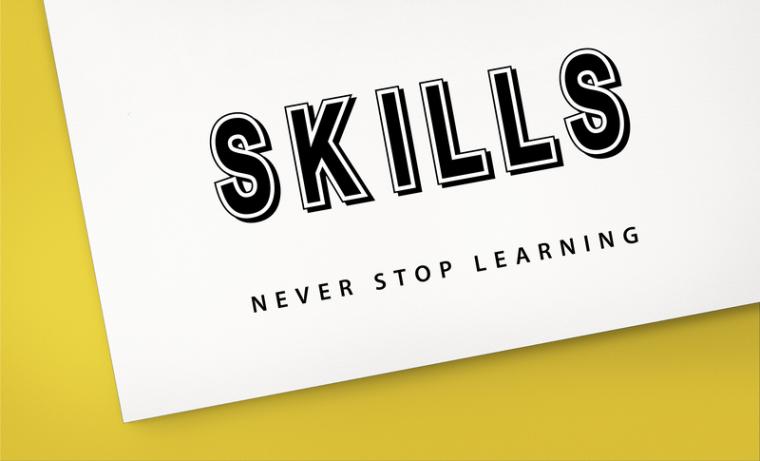
Training the nation’s next-generation machine tool workforce is continuing this summer through six in-person bootcamps in Knoxville developed by the Institute for Advanced Composites Manufacturing Innovation, or IACMI–The Composites Institute.
Hosted jointly by the University of Tennessee, Knoxville (UT), Pellissippi State Community College (PSCC) and Oak Ridge National Laboratory (ORNL), the week-long bootcamps started in May and will run through August. Participants come from across the U.S. and have diverse backgrounds, ranging from high school, community college and university students to professional machinists and manufacturing engineers.
It is all part of America’s Cutting Edge (ACE), a national initiative for machine tool technology development, advancement, and workforce development. Established by the U.S. Department of
“ACE is intended to help the United States recover the technical and manufacturing leadership position and enable our ability to design and make the machine tools required to produce so many of the products that are used in modern society,” Adele Ratcliff, IBAS program director, said.
The ACE bootcamps now underway in east Tennessee are teaching essential manufacturing skills that will address the nation’s growing manufacturing workforce gap through combining the scientific expertise of collaborative public and private enterprises who are working to restore and stabilize U.S. manufacturing. The machine tool research and development for ACE is based at ORNL, whose Manufacturing Demonstration Facility (MDF) is a global leader in developing and validating systems and processes that leverage digital frameworks for manufacturing innovation.
“We must close the workforce gap in the U.S. when it comes to machine tool resources, especially as it applies to computer-aided manufacturing (CAM),” said John Hopkins, IACMI chief executive officer. “We’re providing new machine tool instruction and simulation software to enable the creativity, optimization, and efficiency potential of digital manufacturing. To effectively produce tomorrow’s creator-makers, we must increase awareness of manufacturing, and instill a passion for creativity and making.”
The ACE CNC machining training program is a two-part, no-cost course. It combines in-person learning with online, virtual training, and machining simulation to teach essential manufacturing skills and introduce the newly developed technology that accelerates competency and optimizes the machine’s performance. In December 2020, IACMI launched the online machining component developed by UT Professor of Mechanical Engineering and ORNL Joint Faculty Member Tony Schmitz.
So far, more than 1,400 people from across the nation—including machinists, machine tool designers, future manufacturing engineers, entrepreneurs, students (high school to college), and more—have been engaged with the online course. It includes a modular online curriculum that walks users through the steps necessary to design a part, defining tool paths in computer aided manufacturing (CAM) software, and selecting CNC machining parameters in the software, up to the point of engaging with the machine.
Similar to using a flight simulator to provide a safe learning environment for pilots to experience trial and error, Schmitz designed the online component along with an app called CAM+ that simulates machining performance so participants can experience CNC machining virtually on a screen, to see what works and doesn’t work — all without the danger of damaging tools or wasting materials. The CAM+ app is distributed at no cost with the program.
The in-person training now underway this summer corresponds with the online component at the point of the on-machine setup. It is divided into CAM sessions and machining sessions, with only two participants on a machine at any time, to allow for optimal instructor-participant communication and provide a low-pressure environment for learning and questioning.
More than 50 bootcamp participants will learn the digital manufacturing steps from part design to CAM to on-machine setup and machining, ultimately producing the components necessary to create an oscillating air engine by machining and assembling four parts: base (aluminum), piston block (aluminum), valve block (3D printed polymer), and wheel (steel).
“We need more young people to take an interest in machine tools and manufacturing,” said Dakota Lytle, a third-generation manufacturer at Daystar Machining Technologies in Fletcher, N.C. Lytle completed the on-line ACE CNC training earlier this year and participated in the inaugural in-person
“Every person who dreams up a new product must eventually incorporate a manufacturing process to take it to reality,” Lytle said. “What is so cool about our machining industry is that every day, we see brand new ideas and inventions that people want to create, and we get the opportunity to make that happen for them.”
(Click to Expand)

There are no comments
Please login to post comments